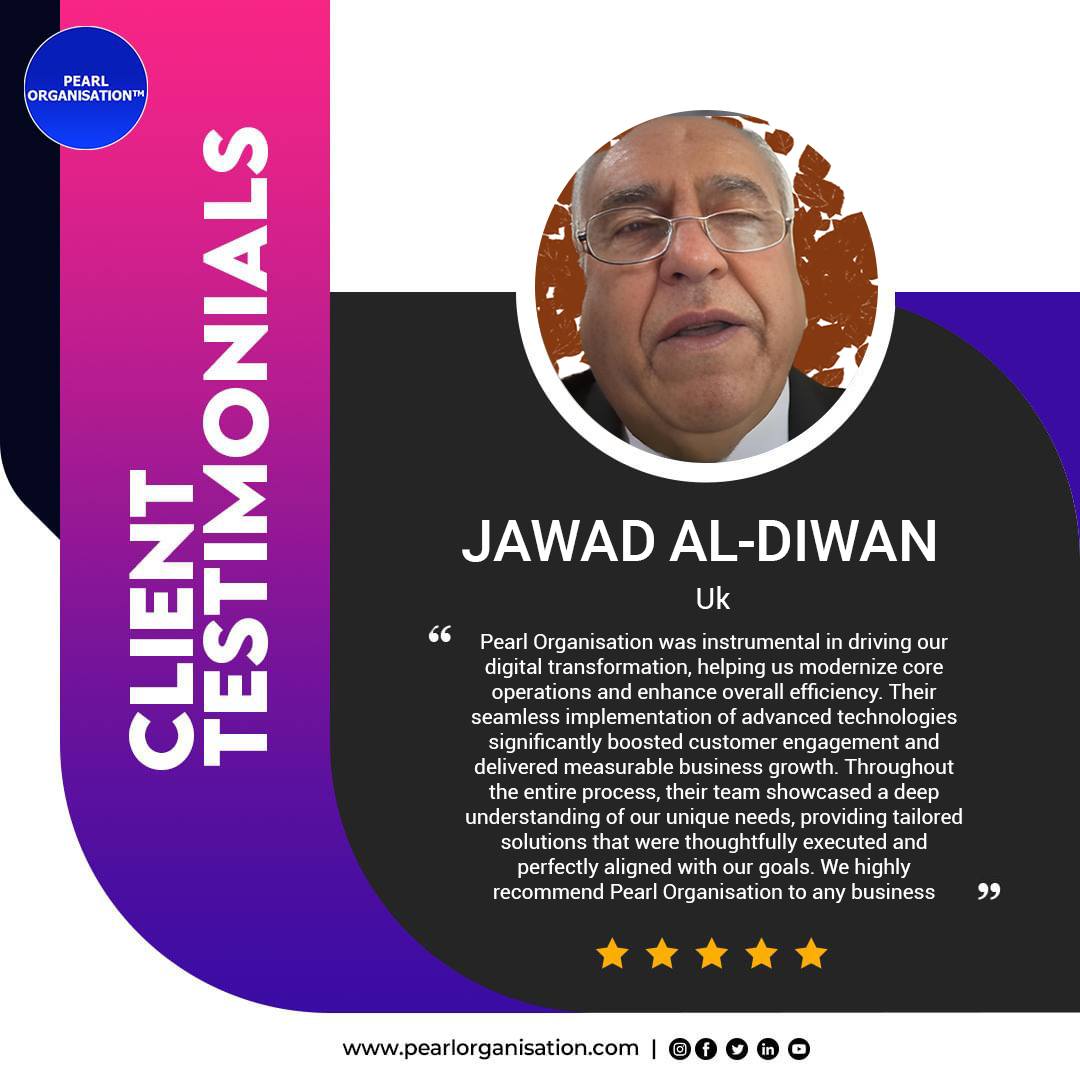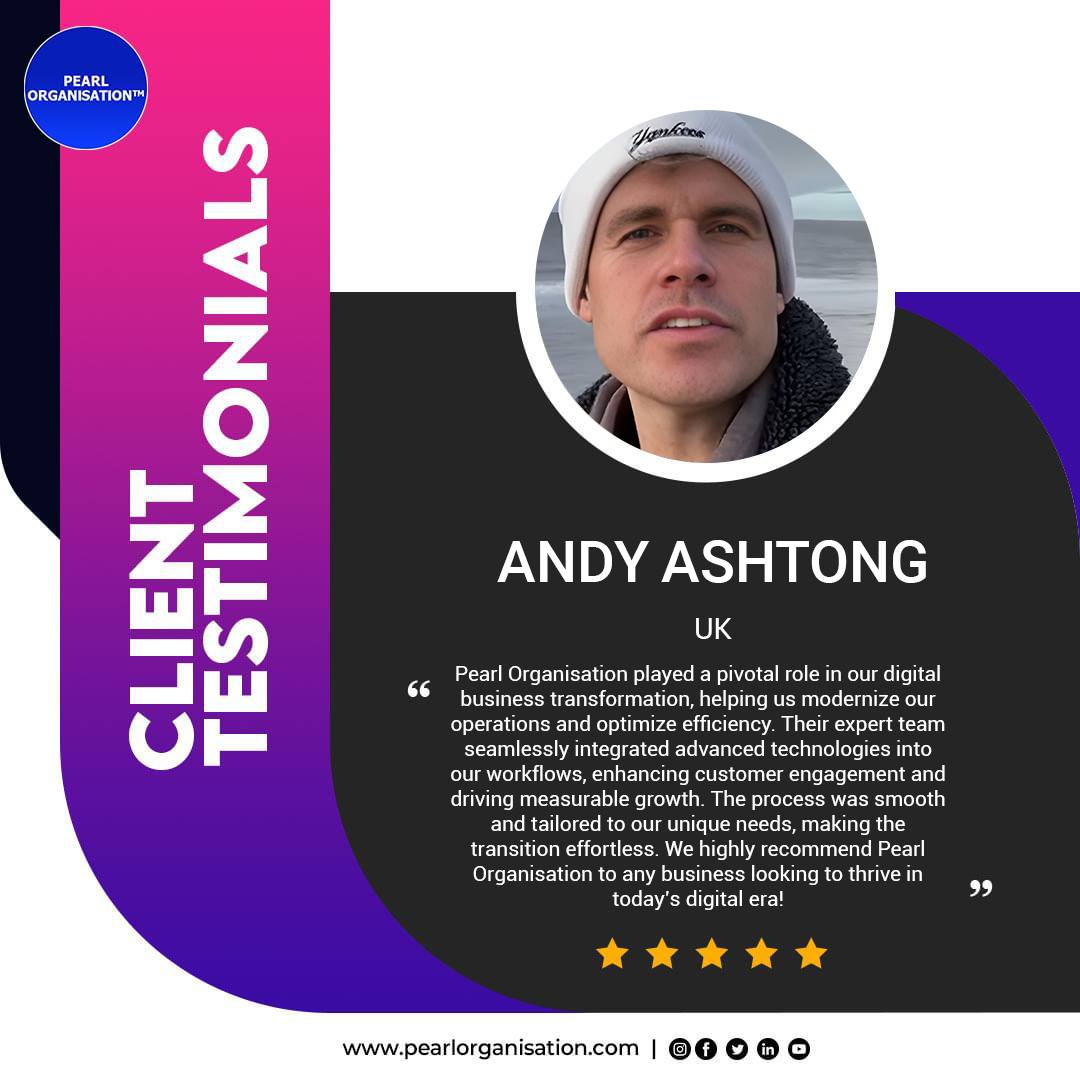Why UX-First Thinking Is Now a Business Metric ?
- Larrisa

- Sep 19
- 10 min read

Introduction: The Age of Experience
In the digital-first economy, where customers interact with brands through apps, websites, platforms, and digital services more than physical stores, User Experience (UX) has emerged as the ultimate competitive differentiator. No longer an optional add-on, UX is now considered a business-critical metric directly tied to financial outcomes.
The evidence is overwhelming:
Studies show that companies with a strong UX focus outperform their peers by more than 200% on the stock market.
Websites with intuitive design can improve conversions by up to 400%.
88% of online users won’t return after a poor experience, regardless of brand reputation.
This shift explains why executives, product managers, marketers, and designers now agree: UX-first thinking is not just design—it is strategy.
How UX Evolved Into a Business Metric
From Decoration to Differentiation
In the early days of the web, UX was equated with visual design and aesthetics. Companies focused on logos, colors, and layout, believing that beauty alone would attract users. While important, these cosmetic elements didn’t guarantee usability or efficiency.
Fast forward to 2025, and UX is now recognized as the bridge between user satisfaction and business performance. Beyond looks, it encompasses:
Usability – How easy it is to accomplish a task.
Accessibility – Can everyone, including people with disabilities, use it?
Performance – Is it fast and responsive?
Delight – Does it emotionally engage users and inspire loyalty?
Why the Shift Happened
Several global forces pushed UX into the business spotlight:
Digital Transformation: More industries went digital, creating fierce competition.
Mobile-First Behavior: Over 60% of web traffic is mobile, raising expectations for seamless design.
Consumer Power: Users can abandon one brand and switch to another within seconds if UX is poor.
Data & Analytics: With tools like heatmaps, A/B testing, and analytics dashboards, UX is measurable, not guesswork.
Key UX Metrics & How to Measure Them
For UX-first thinking to be treated as a business metric, you need clear, measurable indicators. Here are the key UX metrics that matter, how to define them, and typical benchmarks.
Why UX-First Thinking Is a Business Imperative
1. UX Directly Impacts Revenue
Every interaction in the customer journey influences whether a user buys, subscribes, or exits. Poorly designed flows—such as hidden buttons, multi-step forms, or slow load times—cause abandonment.
Example: An e-commerce site that reduced checkout steps saw a 35% increase in sales.
Example: A SaaS company that redesigned its dashboard improved trial-to-paid conversion by 28%.
When UX-first thinking is applied, conversion optimization becomes design-driven, turning clicks into revenue.
2. Customer Retention and Lifetime Value Depend on UX
Acquiring new customers costs 5–7 times more than retaining existing ones. UX-first thinking ensures users return by creating smooth, consistent, and trustworthy experiences.
Stat: A small 5% increase in retention can boost profits by 25–95%.
Stat: 88% of users won’t return after a bad experience, showing that UX failures directly increase churn.
Businesses that measure Customer Lifetime Value (CLV) now factor UX as a driver of repeat purchases, renewals, and upsells.
3. First Impressions Define Brand Credibility
A website or app has 0.05 seconds to create a first impression. Users judge credibility almost instantly—and 94% of first impressions are based on design and usability.
If design is outdated, trust falls.
If navigation is confusing, users leave.
If mobile responsiveness is poor, credibility collapses.
Good UX sends a clear message: “This brand is modern, reliable, and user-focused.”
4. UX Reduces Costs and Increases Efficiency
Bad UX has hidden costs:
Higher customer support inquiries because users can’t navigate products.
More abandoned carts and lost sales.
Costly post-launch redesigns to fix issues that should have been addressed earlier.
By investing in UX research, usability testing, and prototypes early in the cycle, companies reduce wasted development time and cut costs.
5. UX Is a Competitive Advantage
In markets where products and pricing are similar, UX is the tie-breaker.
A fintech app with clear, intuitive dashboards outperforms a rival with cluttered interfaces.
A travel booking site with fast, one-click checkout wins over a competitor requiring multiple steps.
A healthcare portal with accessible, easy-to-read content gains user trust faster.
Consumers don’t compare features alone—they compare experiences.
6. UX Aligns With Business KPIs
Executives want measurable results. Pearl Organisation's UX-first thinking delivers because UX metrics align directly with business KPIs:
Conversion Rate → Revenue Growth
Task Success Rate → Productivity
Retention Rate → Customer Lifetime Value (CLV)
Net Promoter Score (NPS) → Brand Advocacy
Error Rate → Cost Reduction
This alignment makes UX conversations relevant to CFOs, CMOs, and CEOs—not just design teams.
Core UX Metrics Companies Now Track
To establish UX as a business metric, organizations use data-driven indicators:
Conversion Rate (CR): % of users completing desired actions (purchase, signup).
Task Success Rate (TSR): % of users able to complete key tasks without issues.
Time on Task (ToT): How long it takes users to complete an activity.
Error Rate: Frequency of mistakes (form errors, abandoned carts).
Bounce Rate: % of users leaving after one page or session.
Customer Satisfaction (CSAT): Feedback score after interaction.
Net Promoter Score (NPS): Likelihood of recommending product/service.
Retention Rate & Churn: Measure of long-term loyalty.
Accessibility Compliance: WCAG 2.1, ADA, and global standards.
Mobile Responsiveness & Performance: Load times, navigation ease, device adaptability.
These metrics transform UX-first thinking into quantifiable business performance data.
Embedding UX-First Thinking Into Business Strategy
Step 1: Leadership Buy-In
Executives must see UX as a revenue driver, not a cost center. Including UX metrics in board reports legitimizes its business value.
Step 2: User-Centric Culture
Employees across departments—from developers to marketers—should adopt UX-first thinking. The principle is: every decision impacts the user.
Step 3: Data-Driven UX
Use analytics (Google Analytics, Hotjar, Mixpanel), A/B testing, and usability studies to validate design decisions.
Step 4: Continuous Feedback Loops
Gather user input through surveys, interviews, and testing. Integrate feedback into iterative improvements.
Step 5: Accessibility and Inclusivity
Building accessible products expands the customer base, avoids legal risks, and positions brands as socially responsible.
Step 6: Iteration and Innovation
UX is never finished. As markets evolve, products must adapt. Continuous measurement → continuous improvement.
Real-World Evidence of UX as a Business Metric
E-commerce giant: Streamlined checkout → +30% revenue increase.
Healthcare platform: Redesigned mobile portal → 2× patient engagement.
SaaS company: Dashboard redesign → -40% support tickets.
Banking app: Mobile-first upgrade → +25% daily active users.
Each case proves that UX-first strategies create measurable outcomes.
Looking Ahead: The Future of UX as a Metric
The next wave of UX-first business metrics will include:
Emotional UX: Measuring delight, trust, and confidence.
AI-Powered UX: Personalization at scale through predictive analytics.
Voice & Gesture UX: Beyond clicks, focusing on natural interfaces.
Sustainability UX: Eco-conscious digital experiences influencing consumer behavior.
By 2030, UX metrics will be as common in board meetings as financial ratios and sales forecasts.
The age of “design as decoration” is over. We now live in the experience economy, where UX-first thinking defines success. Businesses that prioritize it don’t just win design awards — they win market share, loyalty, and revenue.
The evidence is undeniable:
Conversions rise.
Retention improves.
Costs fall.
Brand reputation strengthens.
For companies aiming to thrive in the digital future, UX-first thinking isn’t optional—it’s measurable, strategic, and essential.
FAQs :
1. What does “UX-First Thinking” mean for modern businesses?
UX-First Thinking means placing user experience at the core of business strategy, not treating it as an afterthought. It ensures every design, product, or service decision is evaluated based on its impact on the user journey. Instead of asking, “Does this feature work?”, businesses now ask, “Does this feature delight the user and meet their needs efficiently?”
This shift recognizes that customers judge brands by experience more than by product features. In fact, a study by PwC found that 32% of consumers will abandon a brand they love after just one bad experience. By adopting UX-first thinking, companies align design directly with business outcomes like revenue, retention, and customer satisfaction.
2. Why is UX considered a business metric in 2025?
UX has moved from subjective evaluation (“this design looks good”) to objective measurement. With advanced analytics, A/B testing, heatmaps, and customer journey tracking, businesses can now quantify UX in terms of:
Conversion rates (how many visitors become customers)
Retention and churn rates (how many users stay or leave)
Customer Satisfaction (CSAT) and Net Promoter Score (NPS)
Time on task and error rates in digital platforms
These are all measurable KPIs that appear in executive dashboards. Companies see UX as a business metric because it directly affects profitability. For example, research shows that a well-designed UX can increase conversions by up to 400%, turning design into a measurable growth driver.
3. How does UX-first thinking improve conversion rates?
Conversion is one of the clearest ways to demonstrate UX’s value. Every point of friction — confusing forms, hidden calls-to-action, poor navigation — reduces the chance of conversion. By simplifying and streamlining the user journey, UX-first design removes these barriers.
A smoother checkout process can reduce cart abandonment by as much as 35%.
Clear navigation and better visual hierarchy can improve sign-up completion rates.
Mobile-first optimization boosts purchase rates by 20–30% on e-commerce platforms.
For businesses, this means that every UX improvement equals measurable revenue growth. Conversion optimization is no longer the job of marketing alone; it is embedded into UX-first product design.
4. How does UX influence customer retention and lifetime value?
Retention is the lifeblood of any business. Studies show that retaining a customer is 5–7 times cheaper than acquiring a new one. UX-first thinking ensures retention by delivering seamless, consistent, and enjoyable digital interactions.
Poor UX drives customers away quickly. In fact, 88% of users say they won’t return to a website after a bad experience. On the other hand, a delightful experience builds loyalty and advocacy. Even small improvements in usability can increase Customer Lifetime Value (CLV) significantly — a 5% boost in retention can raise profits by up to 95%.
This is why UX is now considered a growth engine, not just a design consideration.
5. What role do first impressions play in UX as a business metric?
First impressions are powerful. Research shows it takes only 50 milliseconds (0.05 seconds) for users to form an opinion about a website or app. And a staggering 94% of those first impressions are based on design and usability.
If a site loads slowly, trust erodes immediately.
If navigation is confusing, users exit before exploring further.
If mobile responsiveness is poor, users abandon at record rates.
This means UX is now directly tied to brand credibility and market positioning. Businesses that treat UX as a measurable first impression metric outperform those that ignore it.
6. What metrics can companies use to measure UX success?
The most common UX metrics now tracked by enterprises include:
Task Success Rate (TSR): % of users completing a task without errors.
Time on Task (ToT): How long users take to complete critical actions.
Error Rate: Frequency of mistakes, drop-offs, or confusion points.
Conversion Rate (CR): % of users completing purchases, sign-ups, or other goals.
Retention & Churn Rates: Indicators of loyalty vs. abandonment.
Customer Satisfaction (CSAT): Survey scores after interactions.
Net Promoter Score (NPS): Likelihood to recommend the brand.
Load Time & Mobile Responsiveness: Key to mobile UX success.
Tracking these ensures UX-first thinking translates into quantifiable business outcomes.
7. How does UX reduce operational costs for businesses?
Bad UX is expensive. It causes:
More support tickets (users needing help).
Higher cart abandonment, leading to lost sales.
Expensive post-launch fixes instead of addressing issues during design.
By investing in usability testing, prototyping, and early UX research, companies save money. Fixing issues during design is 10× cheaper than fixing them after launch. Moreover, well-designed interfaces reduce the need for customer support, lowering operational costs while improving satisfaction.
8. How does UX-first thinking impact mobile and multi-device experiences?
With over 60% of global internet traffic coming from mobile devices, mobile UX is now a business-critical metric. Customers expect seamless, responsive, and fast-loading experiences across phones, tablets, and desktops.
53% of users abandon a mobile site if it takes longer than 3 seconds to load.
Apps with intuitive mobile UX see 2× higher retention rates than those without.
Businesses that prioritize UX-first mobile design gain a significant edge in customer loyalty and sales.
9. How do businesses align UX metrics with business KPIs?
The key is mapping UX improvements to tangible business outcomes. For example:
Reducing time on task by 20% → Faster onboarding → Lower churn.
Improving checkout UX → Higher conversion → Increased revenue.
Reducing error rates in SaaS dashboards → Fewer support tickets → Lower costs.
Enhancing accessibility → Expanded customer base → New market reach.
When UX-first metrics appear in executive dashboards alongside revenue, retention, and cost-saving metrics, leaders treat them as strategic drivers, not design extras.
10. What is the ROI of investing in UX-first strategies?
UX has one of the highest returns on investment (ROI) in digital transformation. According to Forrester Research:
Every $1 invested in UX yields $100 in return on average.
Companies that invest in UX reduce development costs by up to 50%.
Design-driven companies outperform non-design peers by 200% on the stock market.
This proves UX-first thinking is not a cost—it’s an investment multiplier. Businesses that quantify UX ROI find it easier to secure leadership buy-in and long-term funding.




































